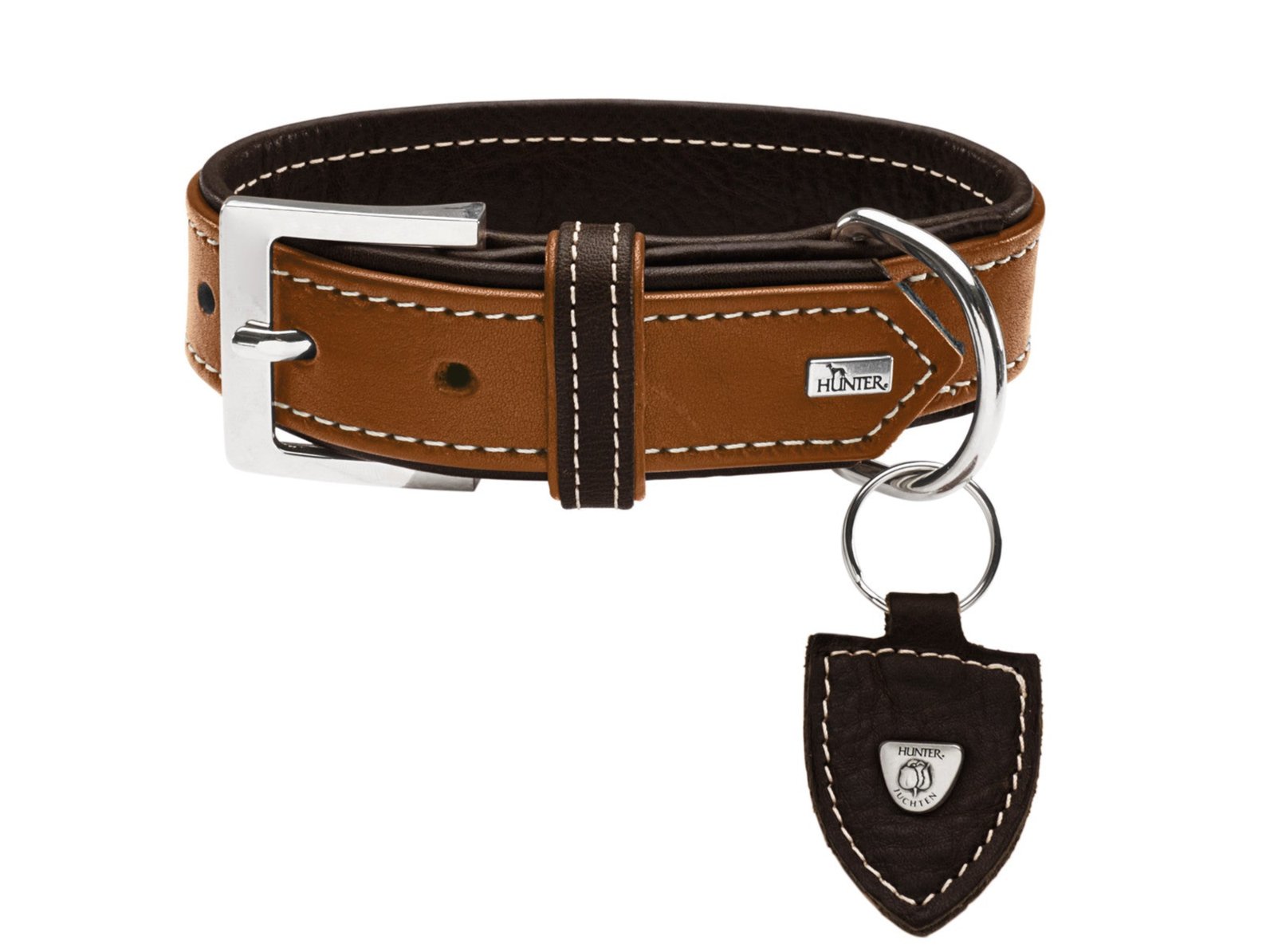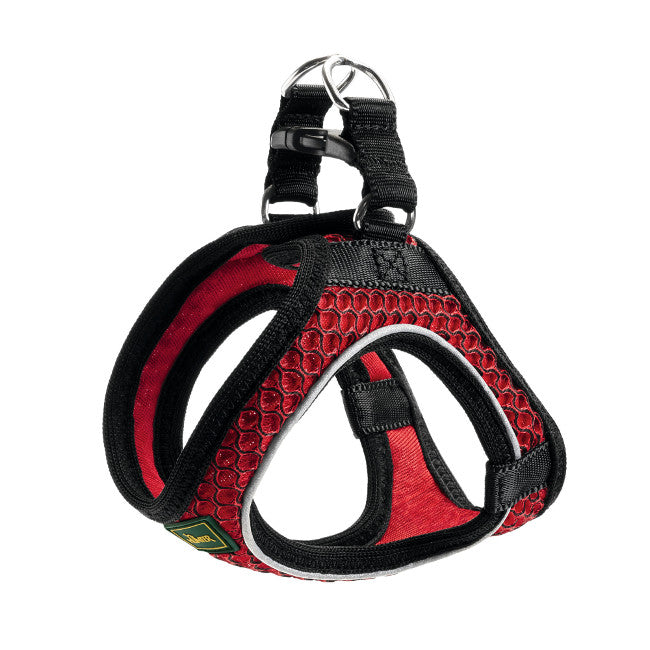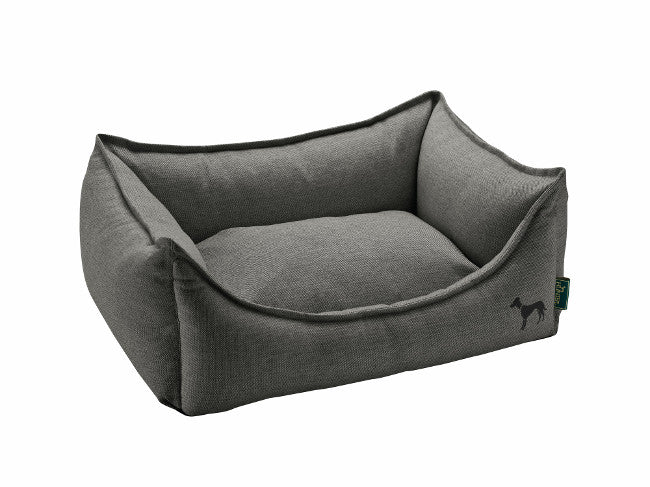Dogs vs. Winter - what you should be aware of

10 WINTER CARE TIPS FOR YOUR DOG
1. Let’s talk temperature!
Some dog breeds are blessed with thick fur that keeps them warm naturally, even in very cold temperatures, but dogs with thin coats may need another layer to wear. A sweater or high-quality winter jacket are a good idea. It should reach from the neck to the base of the tail and also protect the belly. Please, check the ears, paws and tails often, they are all susceptible to frostbite. Also, if the dogs is playing outside in your yard by himself, check often to make sure he’s not showing signs of feeling cold.
2. Cozy bedding
In addition to limiting your dog’s time outdoors on cold days, don’t let your pooch sleep on a cold floor in winter. Choosing the right bedding is vital to ensure your dog stays warm. Warm blankets can create a snug environment; raised beds can keep your dog off cold tiles or concrete, and heated pet beds can help keep the stiffness out of aging joints. Place your dog’s bed in a warm spot away from drafts, cold tile or uncarpeted floors, preferably in a favorite spot where she or he sleeps every day so that the area doesn’t feel unfamiliar. Your bed is always a good idea too ;)
1. Let’s talk temperature!
Some dog breeds are blessed with thick fur that keeps them warm naturally, even in very cold temperatures, but dogs with thin coats may need another layer to wear. A sweater or high-quality winter jacket are a good idea. It should reach from the neck to the base of the tail and also protect the belly. Please, check the ears, paws and tails often, they are all susceptible to frostbite. Also, if the dogs is playing outside in your yard by himself, check often to make sure he’s not showing signs of feeling cold.
2. Cozy bedding
In addition to limiting your dog’s time outdoors on cold days, don’t let your pooch sleep on a cold floor in winter. Choosing the right bedding is vital to ensure your dog stays warm. Warm blankets can create a snug environment; raised beds can keep your dog off cold tiles or concrete, and heated pet beds can help keep the stiffness out of aging joints. Place your dog’s bed in a warm spot away from drafts, cold tile or uncarpeted floors, preferably in a favorite spot where she or he sleeps every day so that the area doesn’t feel unfamiliar. Your bed is always a good idea too ;)
3. Paw care is a must
Just as we tend to develop foot cracks, dogs can also suffer from cracked pads. If your dog has furry feet, trim the hair that grows between his pads to prevent ice buildup between the pads. Winter salt on city sidewalks can also burn your dog’s pads and is toxic, so after walks around the neighborhood, rinse or wipe your dog’s paws to remove any salt – you don’t want him licking it off - and use for example HUNTER Paw Care to keep your pet’s paws moisturized and healthy. If your dog shows signs of discomfort when walking outside on frozen or salted surfaces, consider using dog booties to protect his paws.
Just as we tend to develop foot cracks, dogs can also suffer from cracked pads. If your dog has furry feet, trim the hair that grows between his pads to prevent ice buildup between the pads. Winter salt on city sidewalks can also burn your dog’s pads and is toxic, so after walks around the neighborhood, rinse or wipe your dog’s paws to remove any salt – you don’t want him licking it off - and use for example HUNTER Paw Care to keep your pet’s paws moisturized and healthy. If your dog shows signs of discomfort when walking outside on frozen or salted surfaces, consider using dog booties to protect his paws.
4. No overfeeding, please
Although dogs may need an extra layer in winter, make sure it comes from a coat and not a layer of fat. Cold temperatures may even bring on lazy behavior and the need for fewer calories. Be attentive to your dog’s activity level and adjust her calories accordingly. A high quality, whole foods, or whatever you dog’s favorite diet is, will help ensure a healthy coat and good energy for the cold winter months.
Although dogs may need an extra layer in winter, make sure it comes from a coat and not a layer of fat. Cold temperatures may even bring on lazy behavior and the need for fewer calories. Be attentive to your dog’s activity level and adjust her calories accordingly. A high quality, whole foods, or whatever you dog’s favorite diet is, will help ensure a healthy coat and good energy for the cold winter months.
5. Keep your dog hydrated
Dogs can dehydrate just as quickly in winter as summer. Although many dogs eat snow, it’s not an adequate substitute for fresh water. If your dog spends time outdoors in your yard, make sure he has access to a water bowl, check it often and break ice that forms on top or replace it.

6. Watch where your dog plays
Although your dog is likely having a great time outdoors, take frequent indoor breaks for water and warming and don’t ever stay out too long. If you’re walking or playing in unfamiliar areas, keep your dog close. It’s easy for him to venture onto unsafe surfaces such as frozen ponds or lakes. These may be covered in snow and not easily visible.
7. Avoid exposure to toxins
With winter comes antifreeze. Antifreeze tastes sweet and dogs (as well as some children!) will readily lick or drink it. Antifreeze is extremely toxic and just a small amount can be fatal. Keep your dog out of the garage and off the driveway where he may encounter antifreeze or other harmful chemicals.
8. Groom your dog
Your dog needs a clean, well-groomed coat to keep his properly insulated. This is especially important if your dog spends a lot of time outdoors. After bathing, dry your dog thoroughly, especially before allowing him outside.
Your dog needs a clean, well-groomed coat to keep his properly insulated. This is especially important if your dog spends a lot of time outdoors. After bathing, dry your dog thoroughly, especially before allowing him outside.
9. NEVER leave your dog unattended in the car, no matter what the season
Just as cars can get dangerously hot in summer, freezing cold temperatures are equally dangerous for your dog in winter. Leaving the car running involves additional risks, including carbon monoxide poisoning if the car is parked in a garage. Leave your dog at home when you go out to run errands.
Just as cars can get dangerously hot in summer, freezing cold temperatures are equally dangerous for your dog in winter. Leaving the car running involves additional risks, including carbon monoxide poisoning if the car is parked in a garage. Leave your dog at home when you go out to run errands.
10. Special care for seniors
Cold weather will often aggravate existing medical conditions in dogs, particularly arthritis. It’s very important to maintain an exercise regimen with your arthritic dog, but be mindful of slippery surfaces and make sure your dog has a warm soft rest area to recuperate after activity. If you don’t already give your senior dog a natural joint supplement to lubricate the joints and ease the discomfort of arthritis, you may want to consider adding one in winter. Just like people, dogs are more susceptible to other illnesses during winter weather.
Cold weather will often aggravate existing medical conditions in dogs, particularly arthritis. It’s very important to maintain an exercise regimen with your arthritic dog, but be mindful of slippery surfaces and make sure your dog has a warm soft rest area to recuperate after activity. If you don’t already give your senior dog a natural joint supplement to lubricate the joints and ease the discomfort of arthritis, you may want to consider adding one in winter. Just like people, dogs are more susceptible to other illnesses during winter weather.
ENJOY THE SNOW TOGETHER!










Leave a comment